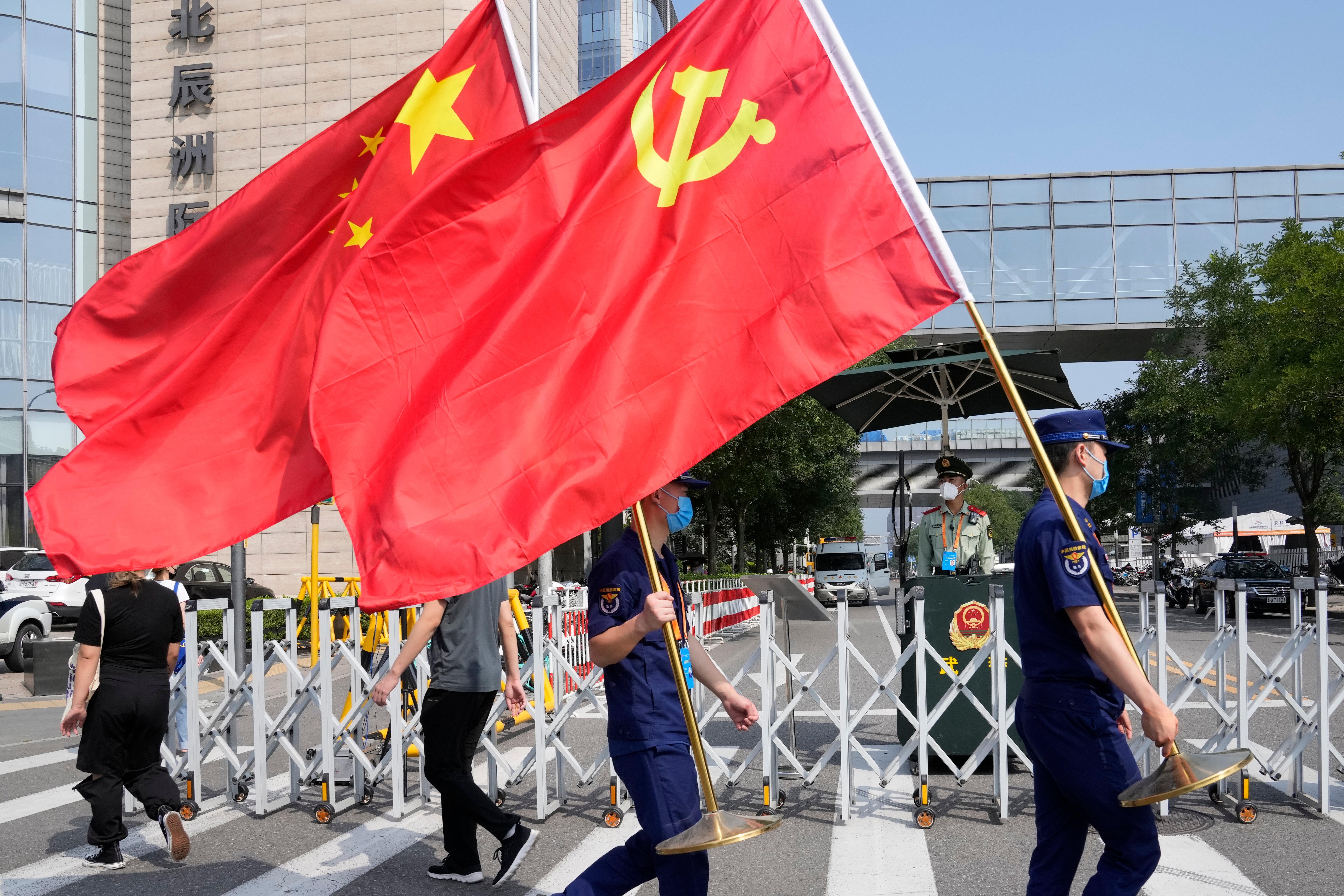China is developing a nuclear reactor for space travel ‘100 times more powerful than Nasa device’
Chinese media says that the secrecy around the projects mean there are no laws that could deal with a potential botched launch or a meltdown

China is developing a nuclear reactor to help its missions to the Moon and Mars.
The reactor can generate one megawatt of electricity and is claimed to be 100 times more powerful than a similar device Nasa is working on, according to the South China Morning Post.
Nasa’s fission power source would be used to support permanent human life on the Moon, and is set to be developed by the end of the decade.
Chemical fuel and solar power are not going to be enough to meet the demands of human space exploration and potential settlements on other bodies, according to two anonymous scientists.
“Nuclear power is the most hopeful solution. Other nations have launched some ambitious plans. China cannot afford the cost of losing this race,” one said.
It is expected that the megawatt space reactor would face challenges when being cooled; only some of the heat generated by it could be used to make electricity, while the rest must be dissipated into space to avoid a meltdown.
Its small size means it will reach a much higher temperature than those on Earth.
Jiang Jieqiong, a professor with the Chinese Academy of Sciences’ Institute of Nuclear Safety Technology, has suggested that the reactor could use a foldable structure - similar to an umbrella - to increase the surface area of the radiators.
There are a number of other ideas however: some research teams have been developing smaller reactors that could be compiled into a larger machine, which could then drive the large ion thrusters to send astronauts to Mars.
Humanity’s race to settle on the stars has come with some issues, including the problem of space debris. There are approximately 228 million pieces of space debris around the globe, but many countries have been loath to address it.
This month, a Russian satellite was blown up in a test that led to hundreds of thousands of pieces of debris stuck in orbit and was deemed to “threaten the interests of all nations”, according to a US State Department spokesperson.
China has taken a similarly lax approach as seen by the Long March 5B rocket, which was left circling the Earth at an enormous rate that made calculating its landing unpredictable in May this year.
The South China Morning post says that the secrecy surrounding the space nuclear reactor programmes means there is no legislation in place that could deal with an accident, such a botched launch or a meltdown in space.
“It is urgently needed to establish a safety evaluation and management system that is suitable to our country’s technological status, increase the transparency in research and development progress to reduce the concerns of the general public,” space scientist Zhang Ze of the Shanghai Institute of Space Propulsion said.
Join our commenting forum
Join thought-provoking conversations, follow other Independent readers and see their replies
Comments